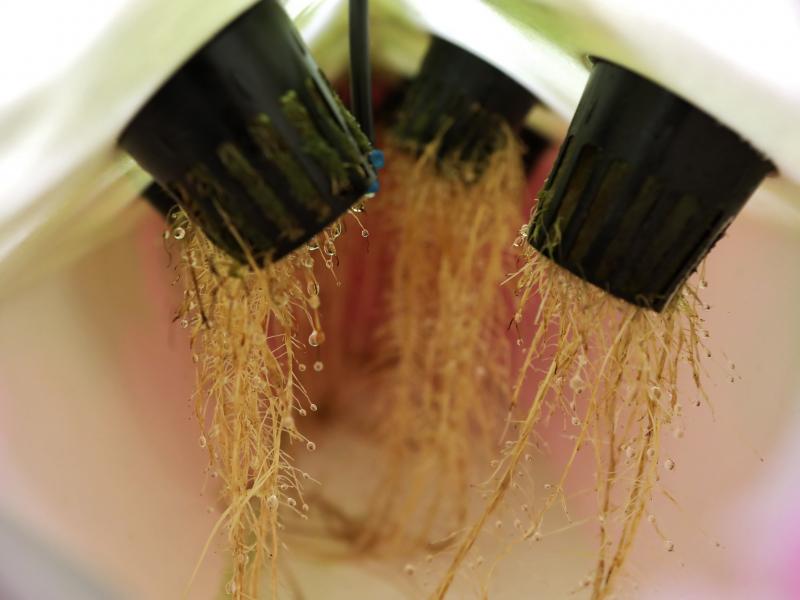Aeroponics

Description of the innovative solution
Growing food in densely populated areas is a challenge. Compact, space-saving techniques are needed to produce food in limited-space environments. This innovation presents aeroponics as a method to grow plants in limited-space environments, mostly indoors. Aeroponics suspends plants in a closed or semi-closed setting and sprays nutrient-rich water on the exposed roots of the plants, which contrasts from the steady water supply of hydroponics or the soil used in conventional plant growth. The most extensive application of aeroponics to date has been in the production of tomatoes, kale, and...
Growing food in densely populated areas is a challenge. Compact, space-saving techniques are needed to produce food in limited-space environments. This innovation presents aeroponics as a method to grow plants in limited-space environments, mostly indoors. Aeroponics suspends plants in a closed or semi-closed setting and sprays nutrient-rich water on the exposed roots of the plants, which contrasts from the steady water supply of hydroponics or the soil used in conventional plant growth. The most extensive application of aeroponics to date has been in the production of tomatoes, kale, and other fruit and vegetable crops that don’t require a large landmass to grow (ie. grains). Aeroponics in general has a high potential to increase the affordability and availability fresh produce and vegetable products, significantly shortening the supply chain and in turn improving urban community access to these foods.
Examples and additional resources
Real-world examples
See this solution in action in different contexts and settings around the world
Impilo
Aerofarms
LA Urban Farm's Aeroponics Technology
Neoponics
Additional resources
Learn more about this solution through studies, articles, business cases, and other information
Progressive Plant Growing is a Blooming Business
Overview and advantages of aeroponics
Article covering AeroFarm's impact.
Profile on Neoponics startup
Contacts
Connect to others working on and with this solution around the world
Pathways to uptake
Engage with our “backcasting tool” to imagine and design “pathways to uptake” for this solution in your setting.
This process involves defining a future vision of this solution being used in your context, and then working “backwards” to identify necessary steps to achieve this vision by 2030. Going through this exercise as an individual or with a team can help to clarify the WHAT/WHEN/HOW of moving a solution (or package of solutions) towards having major impact. We hope these pathways will inspire outside-of-the-box thinking, creative approaches, and actionable concrete steps to move ideas into action.
Pathway builder
Explore pathways for this solution
Be the first one and add a pathway for this solution!